Iron Without: The Unique Combat Strategy of the Fourth Part VII
WARHAMMER 40KIRON WARRIORSHORUS HERESY
Oroslan
3/20/202410 min read
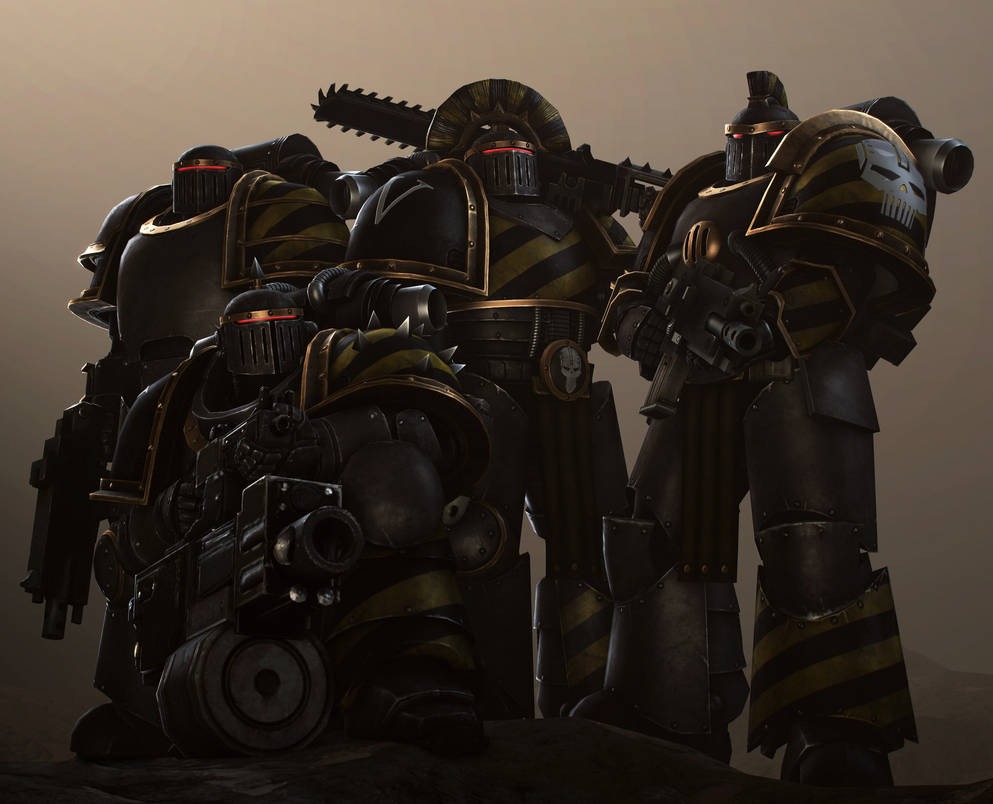

Divisions and internal structure of the legion
The Fourth was one of the few legions in which the origin of a warrior did not matter in the slightest. Terran, Olympian, or from any of the hundreds of worlds where the Iron Warriors recruited. For Perturabo, only the qualities of a legionnaire and his ability to win were essential. When the Legion was reunited with its primarch, it could not help but change. Because the Iron Lord absorbed the way of Olympia, its specific culture.
At the same time, Perturabo eagerly absorbed everything the Emperor taught him. He spent some time on Terra, studying its history and the military doctrines of the ancient states. As a result, the primarch came to the conclusion that his Iron Warriors were moving in the right direction to begin with. Therefore, he did not change the specialization of the legion, continuing to rely on the endurance and stamina of the fighters, their ability to wage long wars. Their siege skills and artillery skills reached a new level.
It was rumored that Perturabo aimed artillery, bombers and orbital weapons with such precision that they hit within a meter, although this was considered impossible over such colossal distances. During the Siege of Terra, these rumors were fully confirmed.
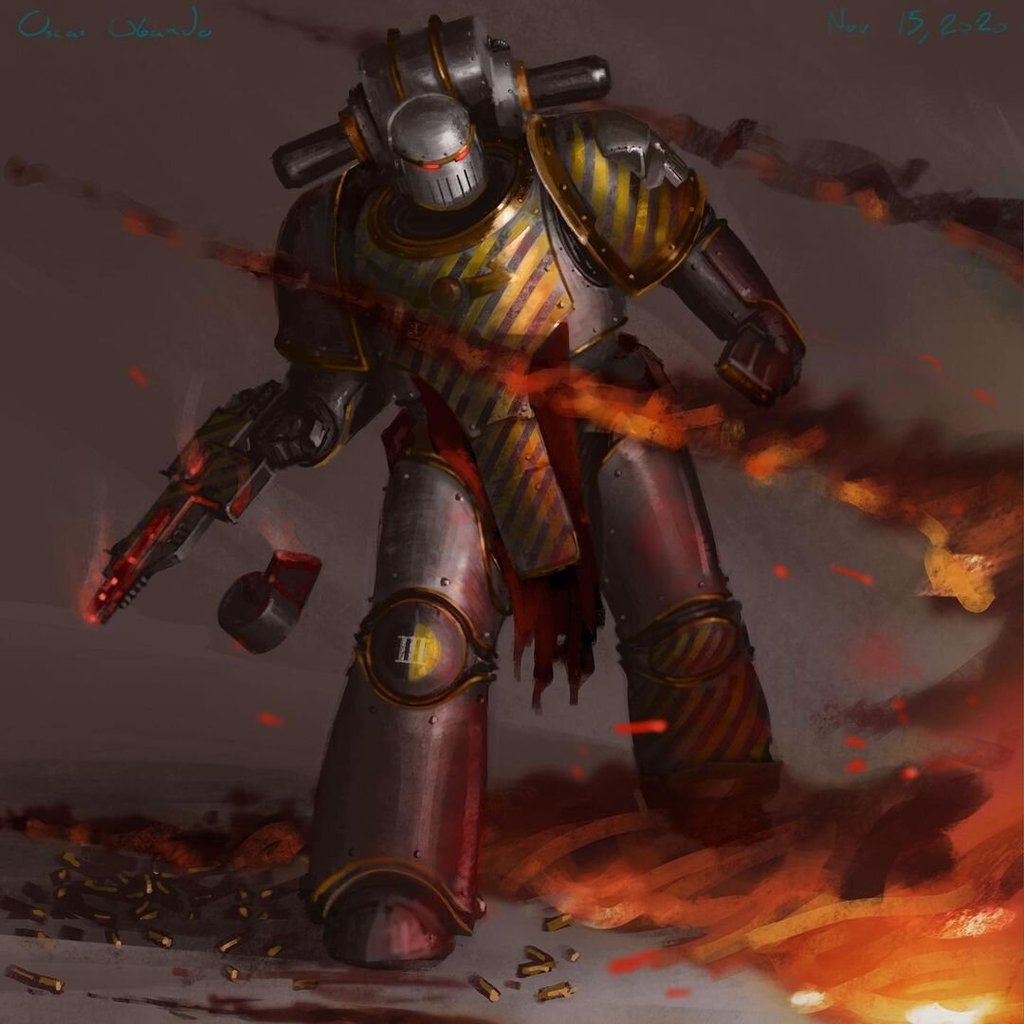

Regarding the organization of the Iron Warriors, Perturabo introduced the following model. In scale, the smallest strategic unit was the grand battalion. In accordance with the Principia Belicosa (the main imperial work on military strategy), the grand battalion corresponded to the concept of "order". Nominally, it consisted of about 1,000 legionnaires, plus hundreds of tanks, artillery pieces and motorized units. The main difference between Perturabo's Grand Battalions and the companies in other Legions was that the battalions contained almost twice as much equipment as Imperial doctrine prescribed.
On the other hand, Perturabo encouraged tactical flexibility. He was not at all limited by formulaic standards, as many of his brothers believed. Therefore, the actual size of the grand battalion could vary widely from 500 to 4000 legionnaires. If necessary, battalions could unite, and larger formations could absorb smaller ones. This is due, among other things, to high staff turnover. Often, the Iron Warriors recruited on a world that had not yet been completely conquered, right in the middle of a military campaign.
Grand battalions were divided into grand companies and cohorts, which could also have extremely variable numbers. The companies and cohorts consisted of a large number of vehicles, plus an auxiliary of mortal soldiers and, without fail, a Mechanicus contingent, usually represented by units of the Legio Cybernetics. Grand companies included up to five line companies. A line company averaged 100 legionnaires, plus regular soldiers and light equipment. The armored forces had their own tactical units - centuria. The armored centuria included up to 25 units of heavy equipment. Line companies and centurias were divided into sections, and sections into squads.
It’s fair to name logistics as another distinctive feature of the Fourth. Guilliman could boast endlessly, but the best logistician of the Imperium was always Perturabo. The supply of his armies was not interrupted for a moment. At any given time, each grand battalion's stock of weapons and ammunition was approximately equal to that of an entire legion. This strategy did not arise by chance. It was a consequence of the fact that every unit of the Fourth could suddenly be sent to the edge of the galaxy, where it would not receive support for years.
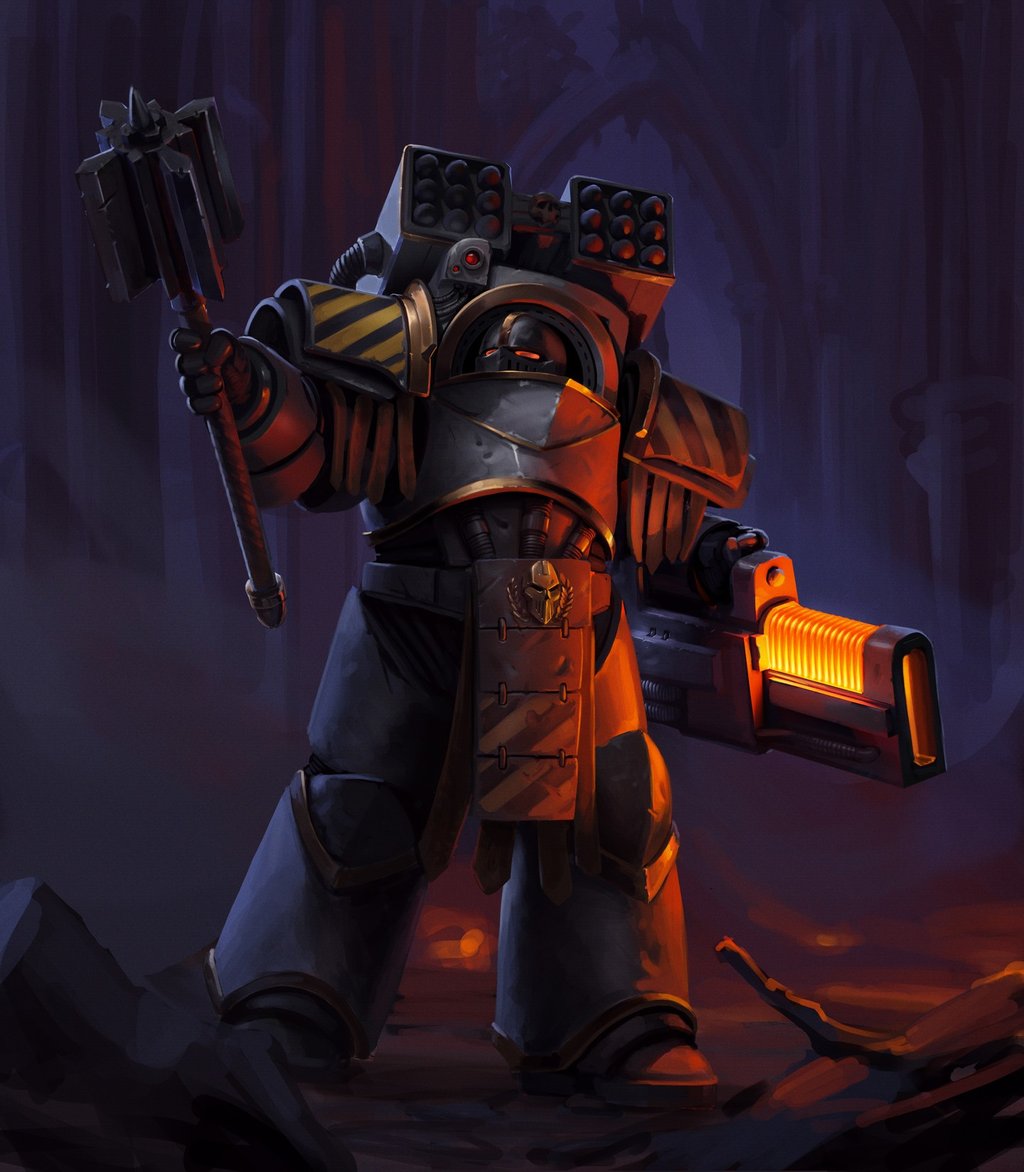

Every Iron Warrior had basic knowledge in the technical field. In essence, each of them was a Techmarine. This allowed warriors to literally modify their own armor on the fly, customizing it to suit their personal needs and a specific enemy. The Fourth was known to have entire companies armed with man-portable lascannons for anti-tank warfare and assault squads with advanced Mars technology in their hands, making them ideal for breakthrough operations.
The Iron Warriors also had unique, rare models of military equipment, for example, the Cerberus, Skorpios and Thunderbolt tanks. It is important to note that, apart from the heaviest machines, the Legion produced most of its models itself, without the help of Mechanicum forge worlds. This led to the fact that in the coming years after the arrival of Perturabo, the Iron Warriors had more tanks and artillery than any other legion had ever had. In addition, the Fourth had superior production capabilities that even the Five Hundred Worlds of Ultramar could hardly match.
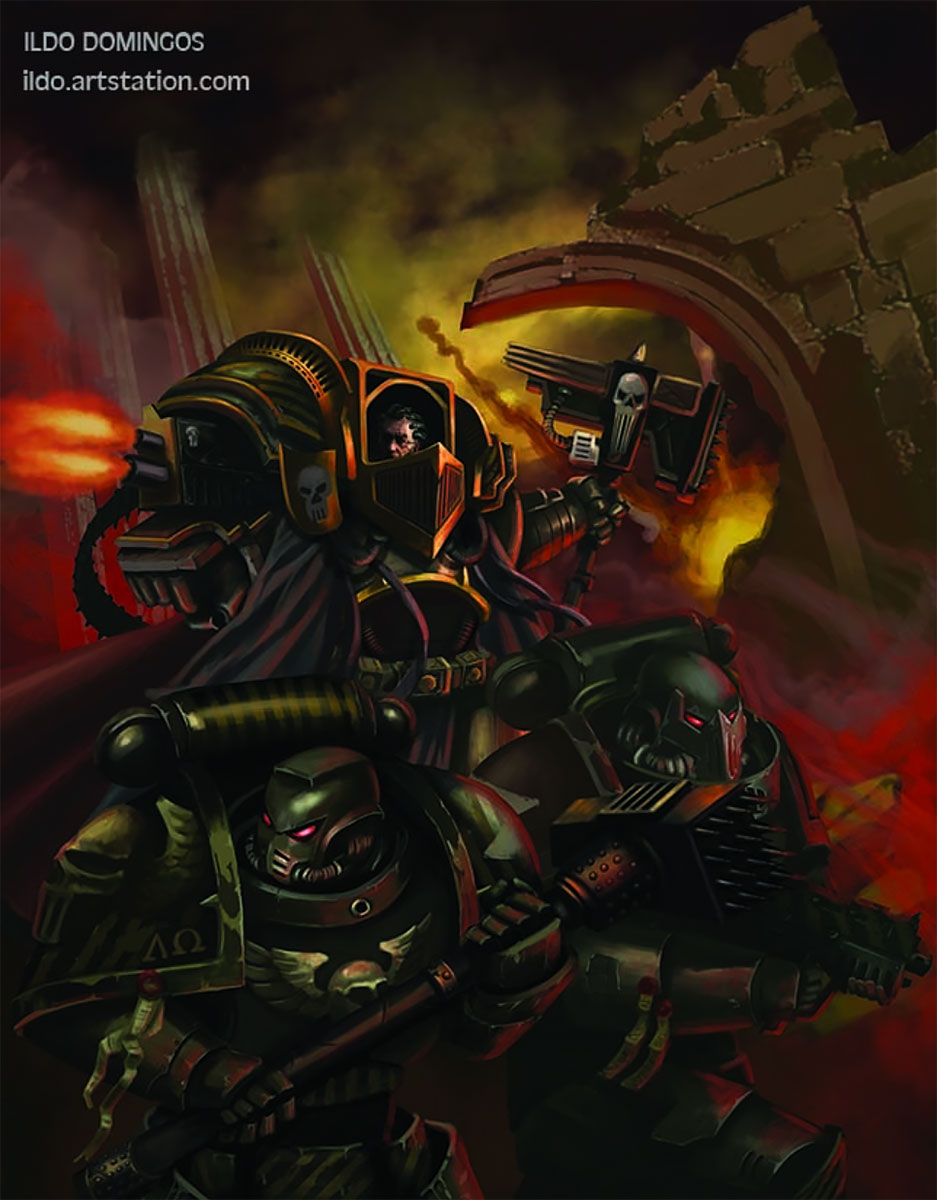

We know that even before reuniting with the Primarch, the Legion included every type of heavy equipment that ever existed in the Imperium. With the arrival of Perturabo, the trend continued, but there were more Land Raiders in the legion, as well as super-heavy vehicles - Typhons, Storm Blades and Mastodons. Nobody counted the lighter “Rhinoceroses”, “Basilisks” and “Predators” at all; figuratively speaking, there were an incredible number of them in the legion. Such vehicles were considered consumables, because each fleet was stably supplied with them, having the opportunity to receive a new batch of any size in the shortest possible time.
It would seem that if the Legion specializes in siege warfare and each Grand Battalion has a significant contingent of experienced artillerymen with advanced equipment, why would it also have a specialized artillery unit? However, the Iron Warriors had such a unit. Only veteran legionnaires, the best artillerymen collected from all the grand battalions, served in it. Stor-Bezashk technology was divided into two types: relic weapons and weapons developed by the Iron Warriors themselves. In both cases, these samples had a potential comparable to, and sometimes even superior to, the destructive capabilities of the Ordo Reductor.
It is known that the Ordo Reductor were jealous of Stor-Bezashk. There were many reasons for this. Firstly, many of the models of equipment used in this unit were never touched by the Red Planet with its knowledge-hungry hands, but they really wanted to. Secondly, the Stor-Bezashk had direct access to nuclear, phosphex and even gravity weapons. Thirdly, they had the right to use these weapons without direct orders from higher command, including the primarch. Fourthly, Stor-Bezashk acted absolutely independently outside of direct orders. They could be split up and distributed among several grand battalions or together carry out a specific combat mission. And let me remind you - this was strictly an artillery unit. In other legions there were not even close analogues of Stor-Bezashk.
All this colossal power was based on perfect coordination of actions and uncanny accuracy of attacks. If the Fourth carried out an artillery attack on an enemy fortress and out of a million a thousand enemy soldiers survived, this was not a mistake by the gunners or a miscalculation of the strategists. This was done intentionally as part of a deeper strategy that the enemy simply did not understand. For the Fourth, the war became a work of art. Unfortunately, all this was accompanied by cold, measured cruelty. On the other hand, the forest is being cut down...
Disposition at the time of the Horus Heresy
On the other hand, linear units often used the simplest armor and the simplest weapons. The soldiers themselves made this choice, because in a long trench war, the paramount importance was not manufacturability, but reliability and maintainability. Here it is worth noting another feature of the Iron Warriors’ mentality. They didn't care about the visual aspect of their equipment. Perturabo's men only cleared the blood from their bolters when it began to interfere with the trigger mechanism. Dents, scratches, dirt stains - all this was considered insignificant if the weapon functioned reliably.
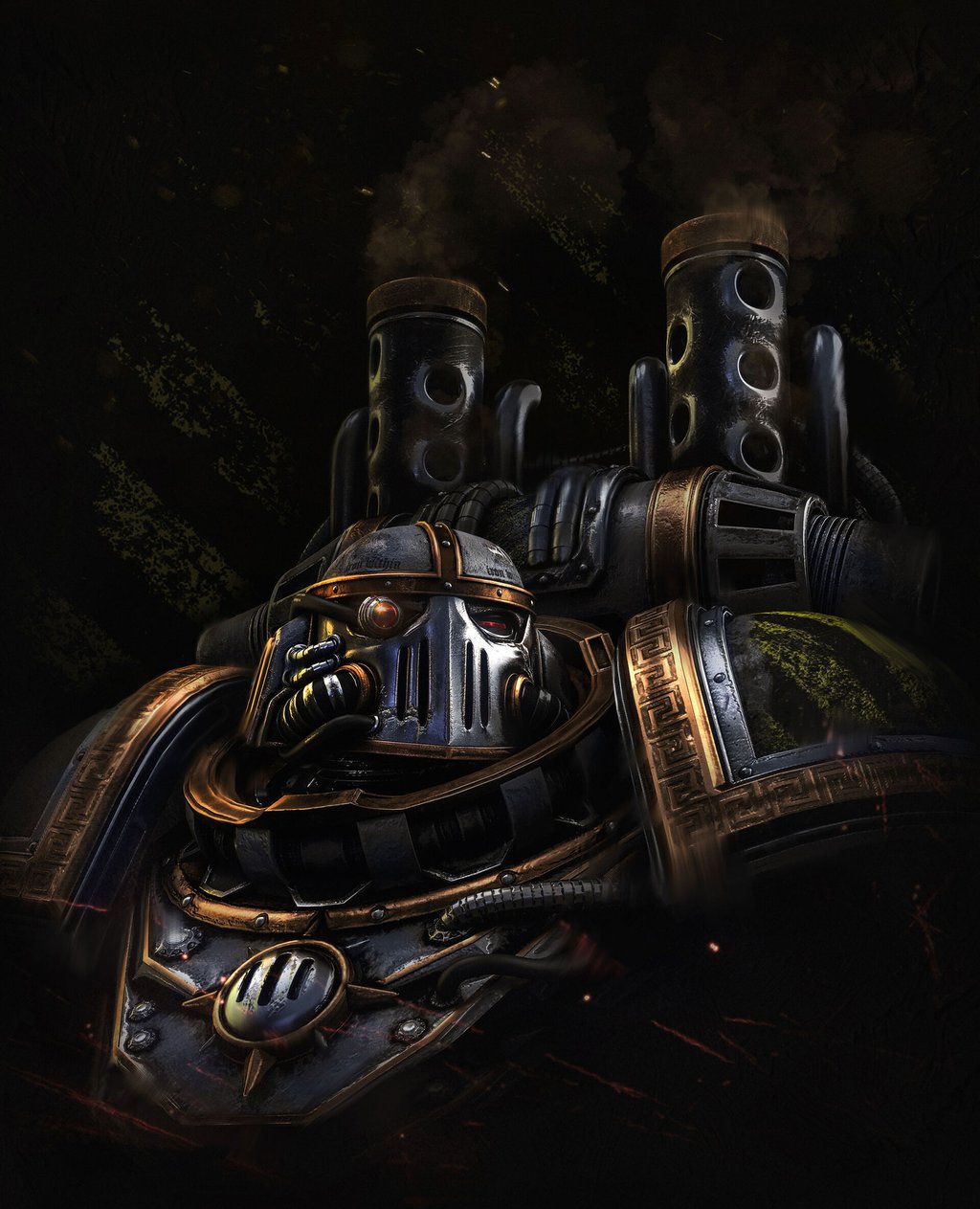

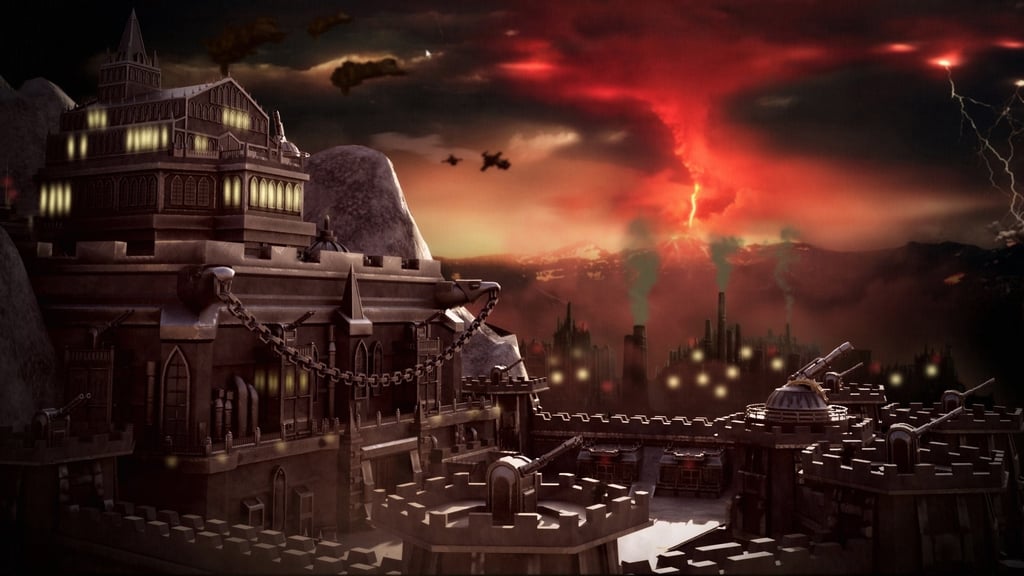

Another important difference between the Grand Battalions of the Iron Warriors and the standard companies of other Legions was that the core of the battalion was always the Tyranticos "Conquerors". Typically, the number of “Conquerors” in a battalion reached the size of an average company. These were a hundred veterans in Terminator armor who had gone through at least several dozen battles and proved by their deeds that they were masters of breakthrough combat.
Overall, the Fourth fought according to the same pattern. First, artillery bombardment, which, in addition to the enemy’s defense, also broke his morale. Then a breakthrough by tank centuries. And finally the third phase - bloody hand-to-hand combat, where the darkest instincts of the Iron Warriors manifested themselves. Those who saw them in battle were not sure who were really in front of them - the sons of Perturabo or the mad berserkers of Angron. Some even compared the Iron Warriors to the Dark Angels, they were so excellent at wielding power swords and chainswords. However, they fought dirty, without honor and grace. Because a dead man doesn't need honor and grace. And besides victory there is no other virtue.
Perturabo's position was unique in this sense. No other Primarch saw his Legion in this way: not as a sum of individuals, but as a single monolith. Only a legion could win glory, not an individual legionnaire. And personal qualities were important only as long as the personal qualities of brothers in the same formation were equally high. If the Grand Battalion stumbled, it was everyone's fault. Someone said that Perturabo simply does not value his warriors, does not respect or even hates them. In fact, the Iron Lord valued his sons highly. After all, each of them was a number in the victory equation. And every number influences the result.
The community of legionnaires was formed at a strategic rather than tactical level. The fourth practiced accelerated training of recruits and introduced vertical and horizontal elevators everywhere. In just a couple of years, a young warrior could serve with a dozen officers, or even more. In one battalion he could carry shells, in another he suddenly became the first person after the squad sergeant. Many warriors could not keep up with this pace, broke down and died. But those who survived were ready for anything. For them, there were no situations on the battlefield that could surprise them.
First of all, the one who turned out to be sufficiently tenacious and flexible became an officer. Then the command determined the soldier’s specialization and sent him to the appropriate unit for permanent service. Thus, every legionary, whether he was an artilleryman, a tank gunner or a line officer, was a universal soldier, literally. He knew how to flawlessly aim the Medusa, masterfully control the Mastodon, and fight with any ranged or melee weapon. He could be a leader or a follower, he knew how to repair any legionary equipment and patch up the wounded.
The flip side of the situation was the growing distrust even of his own brothers in the legion. The Iron Warrior understood that his life depended on the Iron Warrior standing next to him. Therefore, in the shield formation, everyone gave their all. But outside of battle, no one trusted anyone, the brother did not reveal his aspirations and experiences to his brother, did not share his plans and dreams. This was considered a weakness. And isolation embittered the warriors.
In addition, Perturabo did welcome some. Those who fought the war according to his rules and won. Such warriors became Warsmiths, and they were not just excellent fighters, but also excellent leaders with unsurpassed analytical skills. There were no praetors or lord commanders in the Fourth. Instead they had Warsmiths leading grand battalions and entire fleets into battle. The title itself was originally a title and came with the primarch from Olympia. The Blacksmith of War, in accordance with his name, had to be able to forge the course of the battle according to the planned plan.
A deep knowledge of logistics, siegecraft and artillery, the ability to use all types of units and vehicles - these layers were forged in the crucible of battle so that the Warsmith could present his Primarch with the flawless blade of victory. At the same time, the Warsmiths were practically the only warriors in the legion in whom the primarch saw individuals. They controlled the course of the battle, but were also responsible for their actions. The Warsmith's mistake was his. Of course, there was rivalry between the warrior-scientists, which over time developed to the point of outright paranoia. One reason was that the Primarch had not defined the hierarchy of the Warsmiths, nor their exact number.
Yet all the Warsmiths were outstanding commanders. Cruel, ruthless, calculating. But they knew how to win, solving the battle equation on a plane that was inaccessible to most trans people. However, not all of them commanded active units. Some controlled manufactory worlds, others led void logistics centers, and others coordinated star forts and impregnable fortress worlds. There was no more or less significant work in the legion. Every job had to be done, and done perfectly.

